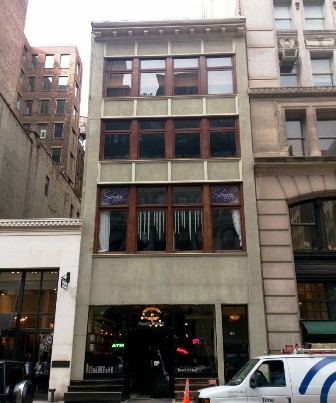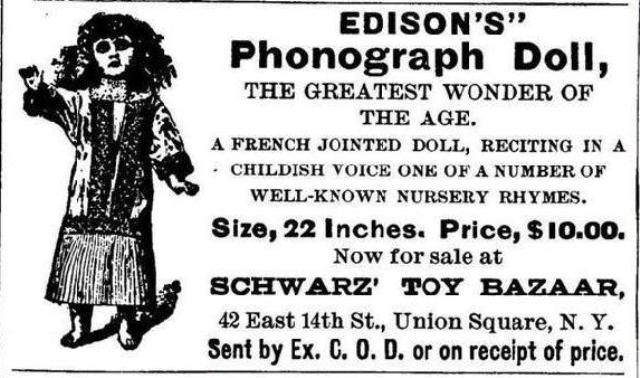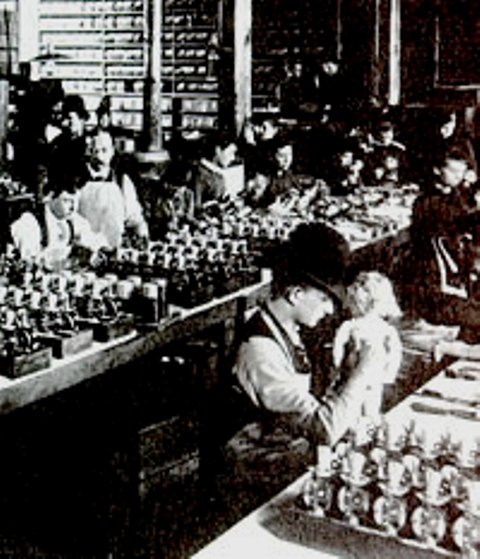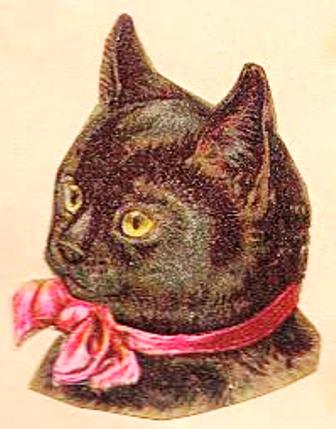
I once went to my neighborhood United States Post Office to mail some parcel-post packages to family on the west coast. As I was deciding whether to use parcel post or priority service, the clerk asked me if the boxes contained anything that was liquid, fragile, or had batteries. The clerk did not, however, ask me if they contained a live kitten.
On Saturday, December 23, 1906, more Christmas parcels were received at the New York Post Office than ever before in the history of any post office in the country. There was so much mail, in fact, that it was overflowing onto the sidewalks and streets adjacent to the postal substations throughout the city.
Hundreds of extra postal clerks were hired during the holiday rush, and many of them were put to work sorting all the parcel-post packages lining the sidewalks of 44th Street, Fourth Avenue, 88th Street, and other streets.

“The Entire Country Had Gone Mad”
The biggest rush was at the general City Hall Post Office in the second division, which handled all incoming and outgoing domestic mail. In addition to half a million letters from Europe that arrived on the Kaiser Wilhelm II and La Provence, an estimated 2 million Christmas parcel-post packages had been mailed from the General Post Office in a span of only three days. More than 500,000 domestic packages had also been received from around the country for distribution in the city.
In addition to traditional Christmas gifts such as jewelry and books, just about everything that could be mailed was shipped that holiday, including live alligators, mechanical toys, and large talking dolls that were all the rage during this era. As the night superintendent noted, “The entire country had gone mad on the subject of Christmas gifts.”
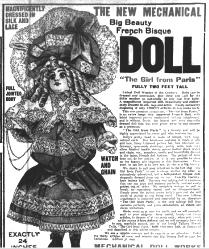
Letters to Santa Claus were also in abundance, like this one note from Mini Borman that read:
“Deer Santa Clous,
Tell me your telephone number so I can order a ortomobeel for a poor boy what ain’t got no father on our street.”
A Kitten That Cries “Papa” in Yorkville
One New Yorker who had truly gone mad that Christmas was a man named Uncle Jack. This man took the prize for pushing the parcel-post envelope with his rather unique gift in 1906.
Jack apparently thought it would be OK to send his niece (or nephew) a kitten via the U.S. Post Office. (Maybe he had heard about the cat that was sent through the New York Post Office’s pneumatic tube system in 1897?)
As the story goes, a clerk at Station K, a New York postal substation located in Yorkville at 202-204 East 88th Street (Third Avenue), was startled when he saw movement in one of his sacks. He carried the sack to the sorting table and dumped out the contents. As the packages were falling onto the table, he heard a voice cry out, “Papa! Papa!”

The clerk examined every parcel-post package until he found the one that had moved. Inside, he found a live kitten packed inside a small birdcage. The kitten was wearing a pink ribbon, and attached to the ribbon was a card that said, “A Merry Christmas from Uncle Jack.”
Could this kitten have cried Papa? the clerk wondered. The mystery was solved when he found a nearby parcel-post package containing a mechanical doll with blond curls – he had apparently squeezed the doll while examining the package, which caused the doll to cry out.
Keep in mind that Station K was a distributing center only for the general post office — that means that this kitten traveled by mail at least as far as from City Hall to Yorkville! Who knows where this poor kitten started her postal journey.
A Brief History of the Talking Doll in New York
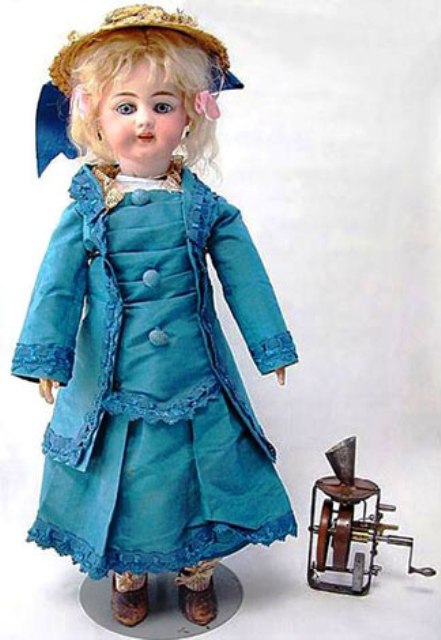
Thomas Edison envisioned a talking doll as early as 1877, but it was another inventor, William W. Jacques, who first developed a prototype based on Edison’s original tinfoil phonograph. Jacques and his partner, Lowell Briggs, founded the Edison Phonograph Toy Manufacturing Company in 1887.
The company was incorporated in Maine, but had offices in Boston and in New York at 138 Fifth Avenue.
Although Edison originally agreed to lend his name in return for royalties and stock ownership, before production began, he took over the company and demoted the founder, leading to years of ill-will and lawsuits.
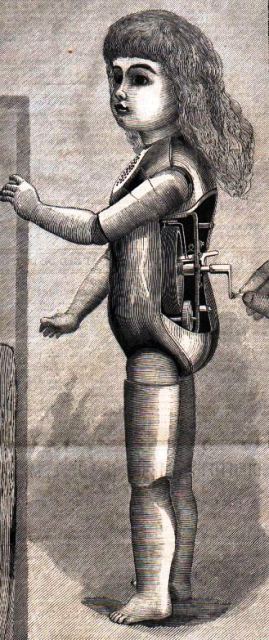
The first dolls were presented on April 7, 1890, at the Edison electric exhibition at the Lenox Lyceum at 623 Madison Avenue. The ten dolls on exhibit recited phrases to nursery rhymes such as “Mary had a little lamb” and “Twinkle twinkle little star.”
Although an article in the New York Evening Post said the voices were squeaky but the words were plain, Edison was later quoted as admitting that “the voices of the little monsters were exceedingly unpleasant to hear.” Click here to listen to an actual recording from one of these historic dolls.
Each doll cost $10 with a simple chemise, or $20 to $25 with full dress. The dolls featured a tiny phonograph inside the body, with a small horn pointing up toward holes in the doll’s chest.
The cylinders were not interchangeable and there was no spring motor, so the child had to turn the crank by hand at a steady speed in order for the doll to recite the prerecorded nursery rhyme.
Despite several years of experimentation and development, the Edison Talking Doll was a dismal failure.
Although 2,500 had been shipped by Edison to the Toy Manufacturing Company in March, less than 500 completed dolls were actually sold — most of those were returned by unhappy customers.
Production stopped at the beginning of May 1890 and the dolls were removed from the market.
Alas, I do not know what happened to the poor parcel-post kitty in this story, but it is nice to know that today, “with a few exceptions,” pets and warm-blooded animals such as cats, gerbils, hamsters, mice, and dogs can’t go in the mail. Mechanical talking dolls, however, are okay to mail, as long as you let the clerk know about the batteries.
